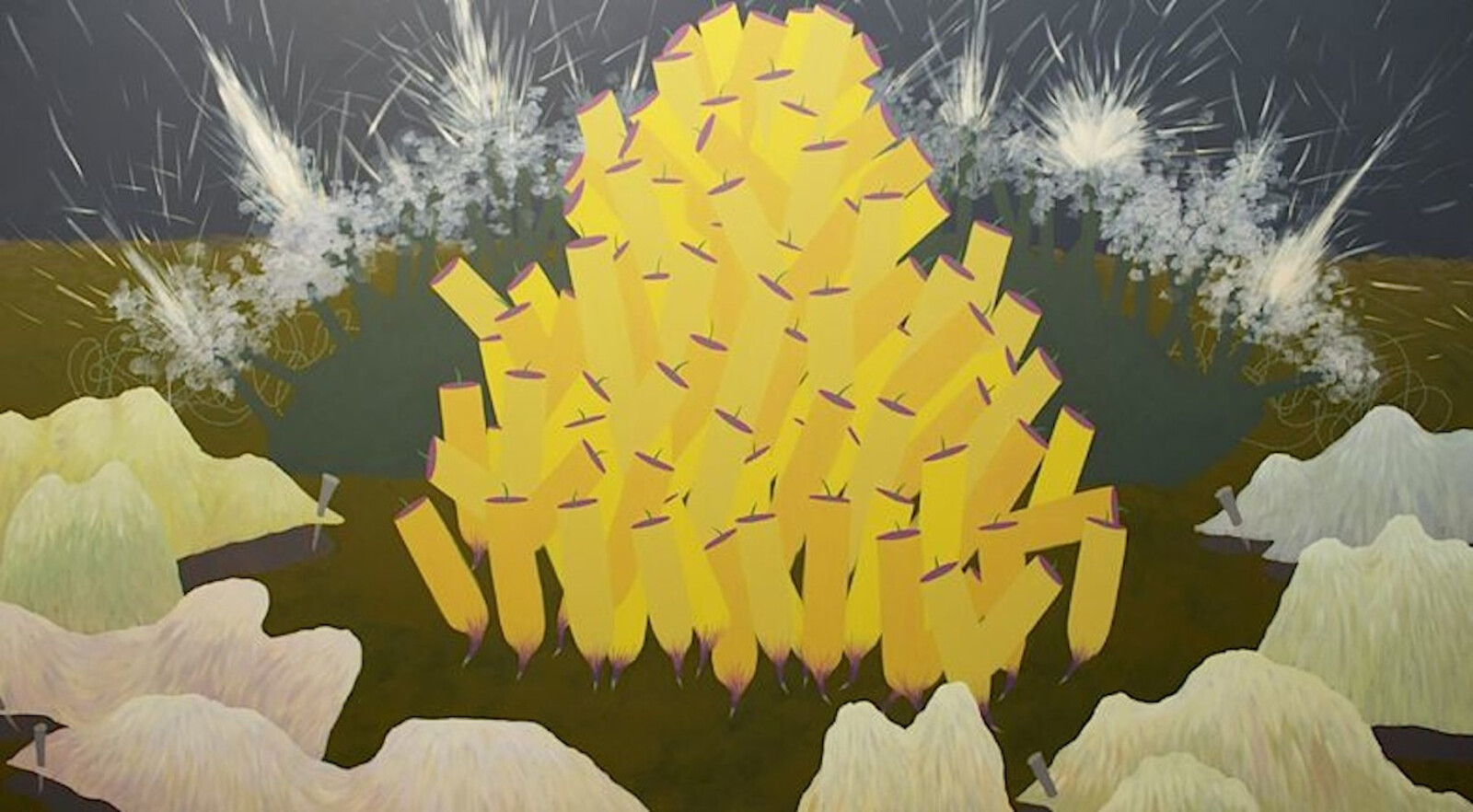If we are honest, finding empathy and beauty in the midst of calamity can be a tall order. Pain and tragedy overwhelm individuals and communities on a daily basis, and if we are not already anesthetized to tragedy’s sights and sounds by the relentless mass-media news cycles, these encounters can effectively disrupt our minds and bodies in ways both obvious and subtle.
The Korean artist Mihyang Kim is especially attuned to these encounters. In her full-time work as a nurse in Los Angeles, Kim is regularly confronted with individuals who are experiencing illness, are anticipating death, or are disconnected from their pasts and living as immigrants in a foreign land. In addition to these narratives of suffering that she encounters in her workplace, Kim intimately feels the emotional toll of displacement in her own life as an immigrant from the farmland of Jeonju, Korea.
For Kim, these daily encounters and her anger over these circumstances of suffering can sometimes feel overpowering. However, sometimes this anger moves her into a place of solitude and meditation, as she seeks a path to inner calm. And at other times, her anger ignites an empathy that moves her to create, to put those narratives down on a canvas or to weave the stories into fabric. She is a storyteller who—through her artwork—makes visible an assembly of suffering.
Kim’s paintings feature a muted color palette that serves as a passive backdrop to her abstracted subject matter of violence and pain. Her narratives are open to our interpretation, yet there is always a quiet tension in the disparity between color and form. For example, we might observe a chilling calm in I Had a Dream, where, in front of a soft blue background, weapons of violence gather in placid solidarity. Celebratory fireworks—or explosives?—shatter overhead. From its title, we might infer that the piece portrays a fragment of the conversation so culturally pertinent in the United States regarding gun violence. And yet, the violent imagery and mood incongruity may symbolize broader conversations that cross cultural boundaries.
Such disparities are also evident in Kim’s sculptures. For instance, she has a series of severed limbs that echo the traumatic narratives of her paintings. These objects are delicately crafted, revealing tenderness toward her subject. There is something profoundly unsettling about the pieces, and yet when they are lined up together (as one of the images in this collection depicts), we might sense muted hope or an unlikely camaraderie.
By creating images and sculptures that express both her anger and empathy for the distressed narratives of this world, Kim hopes that we as viewers will also realize our own fragmented stories within her work. And there—by confronting the traumas she depicts—Kim hopes that we might find a sense of beauty and calm within the lullaby of her subdued palette, a lullaby that whispers with enigmatic words of a vibrant people who suffer and survive all over the world.
